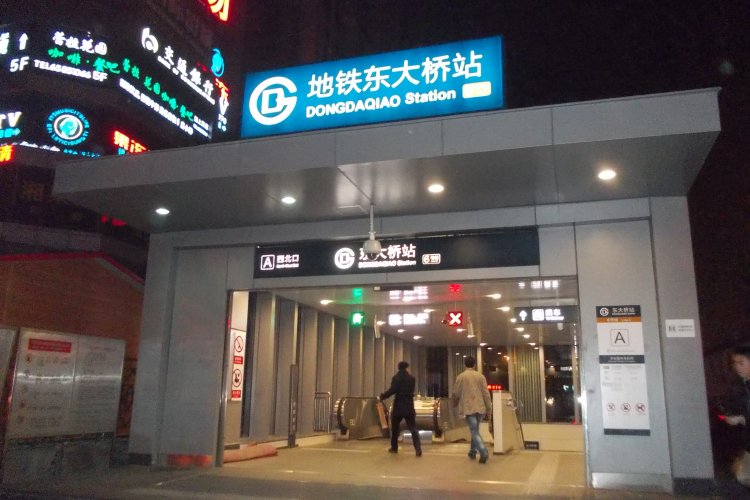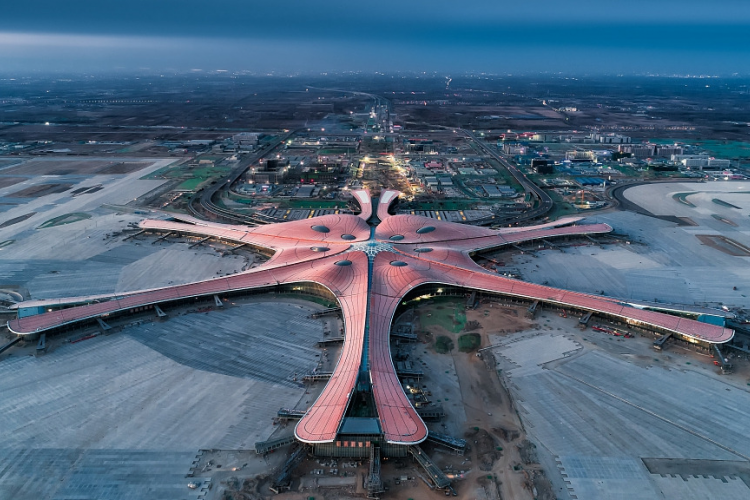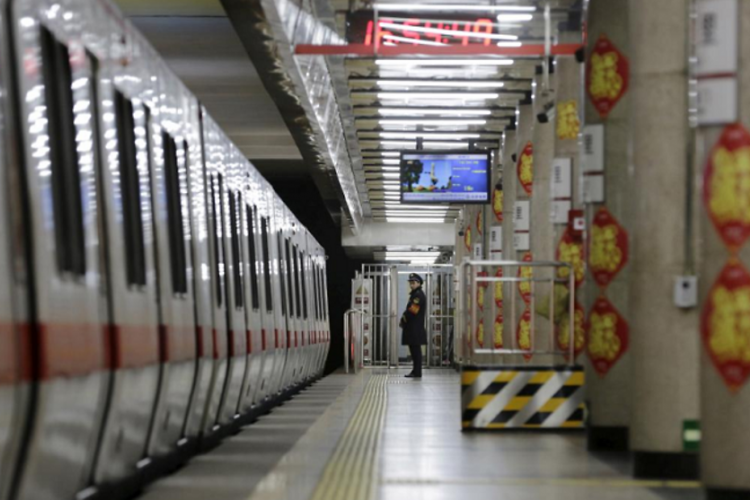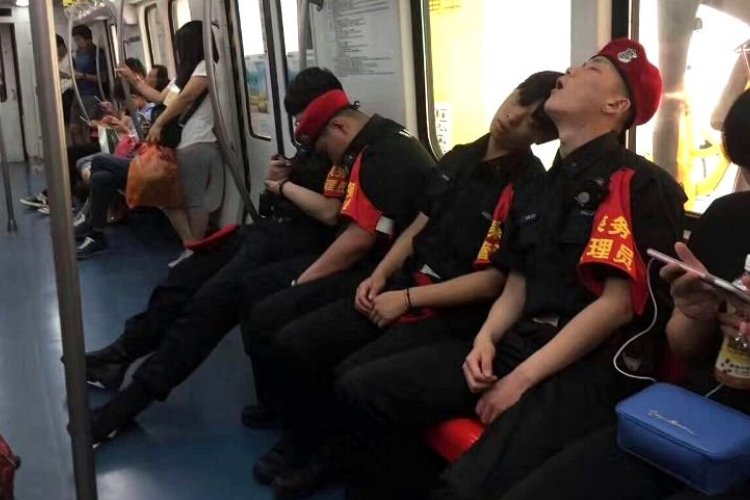Next Stop on Line 10: Guanghua Lu ... I mean Jintaixizhao
Let’s say you’re opening a subway station smack dab in the middle of the CBD, within the shadow of the iconic CCTV Tower and the soon-to-be-tallest building in Beijing. Next door is the well-known Kerry Centre and the nearest intersection is Guanghua Road and the Third Ring Road.
What would you name it?
How about Jintaixizhao, rehashing a reference to a centuries-old scenic vista long lost to the sands of time that few modern day residents have any clue about?
This is precisely what the Beijing subway planners have decided to do. Rather than the expected (and previously announced) station name of Guanghua Lu, the powers-that-be have decided the station will be named after the site where an inscription from Emperor Qianlong was found, indicating the location of one of the ancient "Eight Great Sites" of Yuan and Liao dynasty-era Beijing.
The Eight Great Sites were originally designated centuries ago and include such scenic areas as the Marco Polo Bridge and the Junyong Pass at the Great Wall. According to China.org, Jintaixizhao or the "Golden Terrace in the Glow of the Setting Sun" is described as follows:
The Golden Terrace in the Glow of the Setting Sun is situated at the former Miao Family Estate near the Altar of the Sun (Ritan). In the Qing Dynasty, this area originally served as frill grounds for the Manchurian and Mongolian troops of the Emblazoned White Banner. It is said that there was once a tall platform called the "golden Terrace" within the grounds, and that on spring and autumn evenings, the sunlight would continue to fall on this terrace for a few moments after the sun had set. This was, of course, a natural phenomenon, but when Emperor Qianlong came here on an inspection tour, he was disturbed by the strange spectacle. Enquiring after the name of the place, the emperor became worried that a site so well endowed by nature would bring its owners inordinate good fortune and feared that this would threaten the supremacy of the Qing court. He therefore ordered the name "Miao Family Estate" (Miaojiadi) changed to "The Golden Terrace in the Glow of the Setting Sun," and erected a stone tablet to record this. In this manner the last of the "Eight Great Sights" acquired its present name. The original inscription on the stone tablet in the drill ground conveyed the emperor's wish that he Manchus and Mongols should unite in assuring the prosperity of China.
In 2002, Qianlong's stone tablet was unearthed during the construction of Fortune Plaza, north of the Kerry Center, and re-erected on the grounds, as seen below in a photo from the 51tanbao.com bbs:
However, it wasn't until last month that the official announcement of the plan to name the station anything other than Guanghua Road was revealed. Bloggers have seized upon the renaming as an example of pretentiousness to the disadvantage of utility. In fact, some question whether Qianlong’s tablet marked the real location of the golden terrace, as several spots on the Beijing map claim to be the original. Regardless of where the original Jintaixizhao site is, one thing is for sure: very few people associate the segment of the Third Ring Road where the station lies with it. Certainly the interior design of the Jintaixizhao station takes no notice of tradition:
With an entrance directly linking to the CCTV tower, one assumption is that despite the fancy name, most commuters will probably eventually settle on calling it “that stop in front of CCTV Tower.”
Links and Sources:
Xinhua: Guanghua Road station renamed Jintaixizhao (Chinese only)
Blog: The Four Undesirable Things about the Jintaixizhao subway station name (Chinese only)
China.org’s description of the Eight Great Sites (English)
Pictures of the stone tablet, from the 51Tanbao.com bbs
Jintaixizhao photo from Wikimedia Commons






